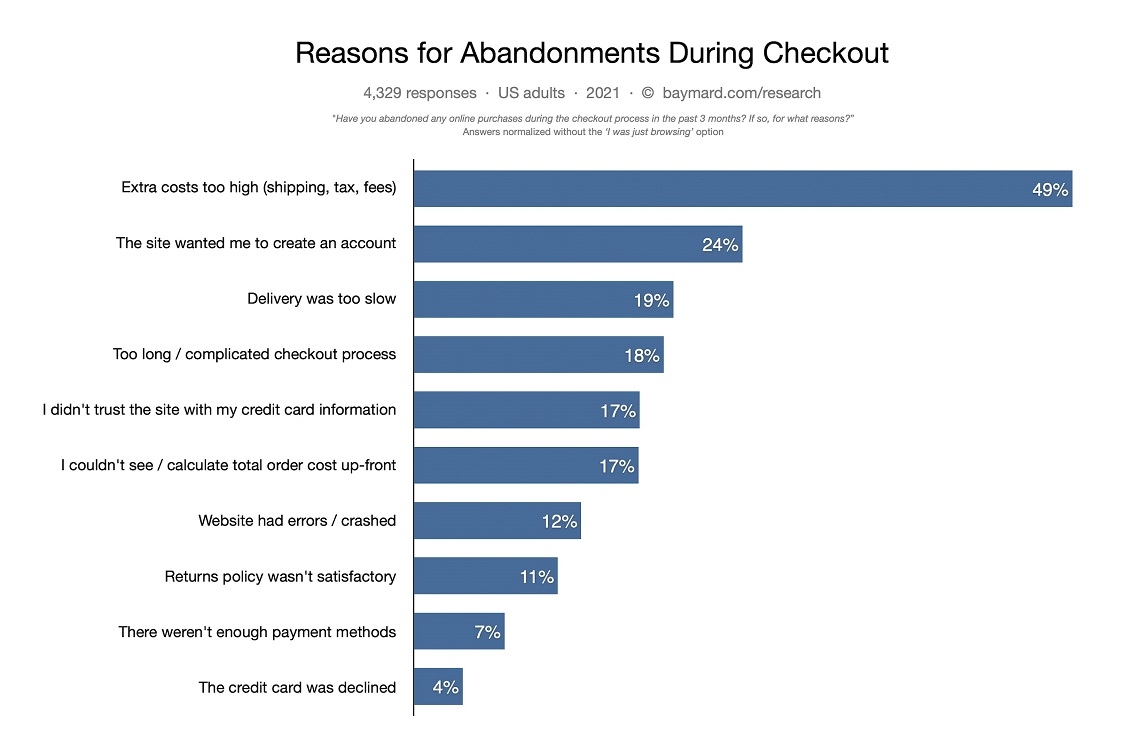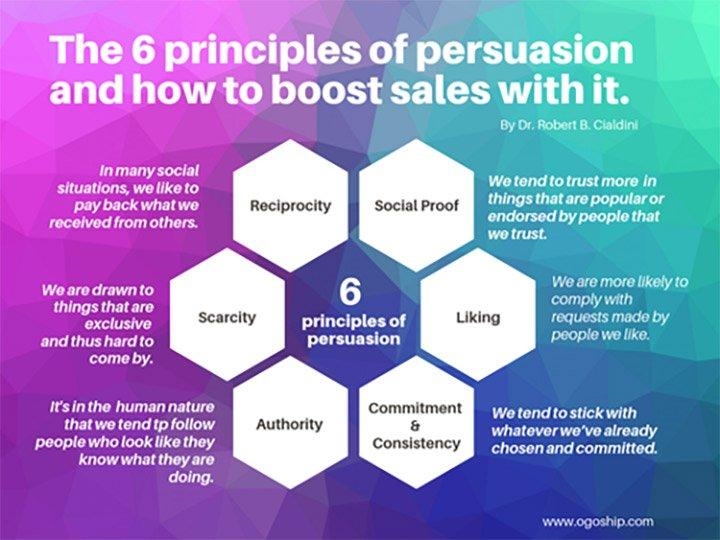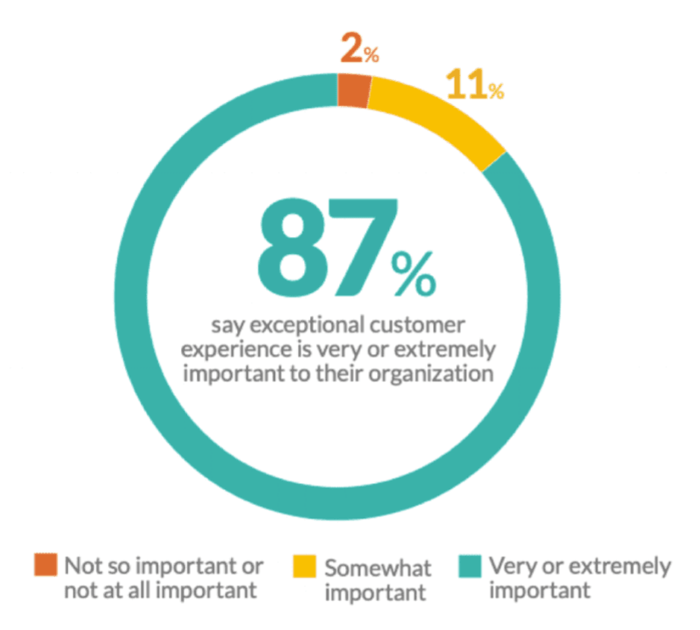Having a great understanding of dead stock, and knowing what you can do about it, can help you get ahead of your ecommerce competitors. Ecommerce is a dog eat dog world where every penny counts, but our definitive dead stock guide will help you get the results you need.
Just What is Dead Stock?
The first step to taking control of your dead stock situation is to understand exactly what it is. Dead stock is your ecommerce inventory that hasn’t found its way into a shopping cart. It will never sell, unless you do something about it (more on that later).

Source: Pixabay
Whatever your line of ecommerce, you’re sure to encounter returns of damaged or unwanted goods, but that’s different to dead stock. Put simply, dead stock is something that has never been bought, and that creates potential problems for you.
It’s something that all ecommerce operators have, whether their business is new or old, big or small. It may be that a company could have as much as 33% dead stock. That number can be even higher in the fast paced world of ecommerce, where trends change rapidly from one month to the next.
What Causes Dead Stock?
So now you know what dead stock is, but what causes it, and why could your ecommerce business be particularly susceptible?
One particularly common reason is that you’re selling seasonal items, and when that season ends you have unsold goods. Nobody wants a pumpkin in the middle of spring, and if you sell seasonal items of any kind you could find them hot one day and freezing cold the next.
This dilemma is particularly applicable to clothing retailers. Selling clothing online can be a lucrative ecommerce business, but only if you stock the latest on-trend items. Out of fashion clothing can turn quickly into dead stock, unloved and unsold, as can items in unpopular sizes, styles, and colors.
Take a look at that again, it’s an important point whether you sell fashion, tech, or anything in between: If you don’t understand what your consumer wants, you’re on the fast track to dead stock central. That’s just one reason why smart market research will always pay off.
This should be in chapter one of your sales playbook; taking on and defeating dead stock can enable rapid growth and better margins.
Why Dead Stock is Bad for your Business
Dead stock is common to all ecommerce businesses, but turning a blind eye to dead stock growth is bad news for your business. Here are just some of the ways that dead stock can cost you time and money.
Warehousing Wastage
To succeed as an ecommerce retailer you’ll need a warehousing solution. Your space is likely to be limited, however, so beware of dead stock that eats into that precious capacity.
Dead stock sits on your shelving, and it doesn’t move. That means that if you don’t take proactive measures, you may as well write off that warehousing space for good. Remember that statistic earlier? Can you afford to have almost a third of your warehouse dedicated to items that gather dust and never sell?
If you sell primarily via Amazon, then your stock may be stored in a Fulfilled By Amazon distribution centre. FBA can bring lots of benefits for an ecommerce retailer, but if your dead stock is sitting in their distribution centre you could face a large bill.
Utility Costs
The more you use your warehousing facilities, the more overheads you have. One of the main costs that any retailer faces is their utility bills. Warehouses need light and heating, and that doesn’t come cheap.
Every smart business leader, whether they own bricks and mortar stores or an ecommerce operation, keeps an eye on utility bills and switches providers when a cheaper deal appears. It’s just as important to control the energy wastage in your warehousing, and dead stock needs more energy. More energy means more money from your bottom line.
Excess Staffing
Warehouses and storage facilities need people to run them, and the more stock you have in them, the more people you’ll need. By reducing dead stock, you can shrink your storage facility and reduce the number of staffing hours needed to keep it running smoothly.
Long Lead Times
Long lead times and slow deliveries are one of the primary pain points ecommerce customers face. If your items take too long to arrive, customers may cancel their order or leave a bad review, and you can wave goodbye to repeat custom.
A 2021 study of US consumers showed that 19% of shoppers would abandon their online purchase if the lead times were too long. Dead stock extends lead time because it’s harder to find live stock, leading to lost sales and lost customers.

Source: https://baymard.com/lists/cart-abandonment-rate
Taking Control of your Dead Stock
We’ve looked at what dead stock is, and how it can eat into your profit margins, so it’s time to look at just what you can do with it to minimise your losses.
The first step is to admit that you have dead stock; if one particular item hasn’t moved in the last six months, it’s unlucky to move in the next six – without your help.
That’s right, dead stock doesn’t have to remain on your books and shelves forever, you can give it the kiss off life by using ecommerce CPR:
- Charity
- Promotion
- Re-packaging
Partnering With Charities
Option one is to simply give your dead stock items away to a charity. It could be a lucrative option, as well as ensuring that your unbought items get put to good use.
Consumers love businesses who show their humanitarian side, whether that be adopting green initiatives, demonstrating real inclusivity, or helping great causes. In fact, as Forbes revealed, 81% of millennials said they prefer to shop at businesses who support charitable causes.
Plenty of charities would love your unsold stock, from multinational legends like Oxfam to your local charity shop. Once you’ve found a suitable charity, remember to publicise your actions on your website and social media accounts. In doing so, you clear your warehousing space and create a good news story for your ecommerce brand that consumers will love.
Promotions and Give-Aways
It’s important to realize that whilst dead stock will never sell in its current form, it can still find its way into consumers’ hands. How do you do this? Smart promotions.
Whatever their demographic, one thing unites all consumers: They love to receive something for free. Even more importantly, they love businesses who give them something for free.
Groundbreaking psychologist Dr. Robert Cialdini showed that humans are hardwired to return favors, so when we receive free gifts we want to buy from the people who supplied them. In this way, your dead stock could boost future sales of your other products.

Source: ogoship.com
Re-packaging And Bulk Offers
Leading retailers have long known the power of re-packaging and offering items in bulk quantities, and it can work for your ecommerce business, too. Having a powerful remarketing strategy can boost your income at the same time as freeing up storage space.
Remarketing involves targeting customers you’ve already advertised to before, but it can also involve products you’ve already advertised before. Your dead stock items haven’t sold when standing on their own, but if introduced alongside other items they may encourage consumers to check out rather than abandoning their cart.
It’s a question of perceived value; if consumers feel they are getting better value by buying three products rather than one, or even getting one of the products for free, they’ll feel much better about committing to buy.
Preventing Dead Stock
We’ve looked at the CPR strategy for dealing with dead stock, but how do you reduce dead stock levels in your business? Prevention is better than cure, so listen to your customer and track your inventory.
All ecommerce businesses need to know what their target consumers want, and listen to what they’re saying. Reduce pain points by offering excellent customer service and simple transactions, and ensure that any online chatbots reflect your brand and enhance the overall customer experience.
Understanding your consumers can also help reduce dead stock as you’ll have accurate information on what they want to buy and how much they’ll pay for it.
Surveys are a great way to keep in touch with customers. That means they give you a greater understanding of them, and allow you to tailor your offers so that they have a seamless buyer’s journey, resulting in greater customer satisfaction and sales.

Source: smartinsights.com
Another great way to cut down dead stock levels is to have greater knowledge of your current inventory. Recording stock levels manually is a fast track to overstocking and under recording. There’s only one way that’s heading: Dead stock.
Thankfully, there are excellent automated inventory solutions that make it easy to know exactly how much you have of any item at any time.
Using top Amazon inventory software can be the best move you ever make. When you reduce excess stock, you reduce the chance of having dead stock and seasonal items that are no longer fashionable.
Your Definitive Dead Stock Solution
Developing a three step strategy can put you in control of ecommerce dead stock:
- Understand what consumers need, and when they need it.
- Use inventory software to keep on top of stock levels.
- Clear out dead stock using our CPR method (Charity, Promotion, Re-packaging).
All ecommerce businesses will have some dead stock, but reducing your level of dead stock can free up space, save money, and allow your business to grow.
Digital & Social Articles on Business 2 Community
(169)





